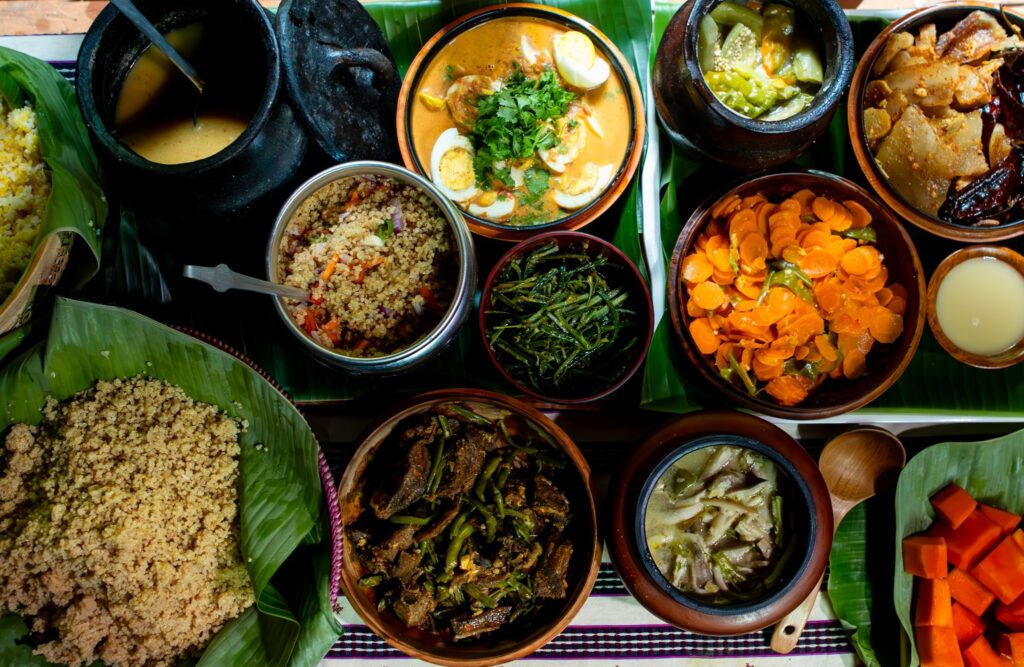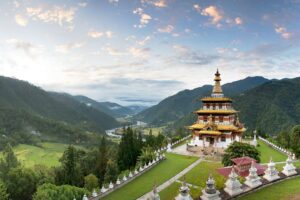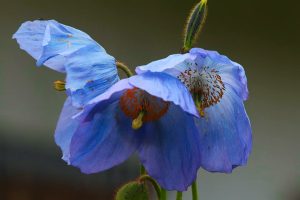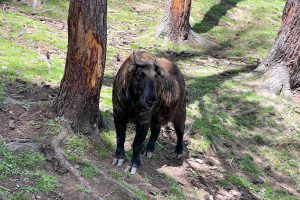
Although Bhutanese food has been influenced by its neighnours, especially China, Tibet and India but like the country itself, the Bhutanese cuisine has been able to maintain its unique character. Its less oily than Chinese or India and spicier than most Tibetan dishes. In Bhutanese cuisine chillis are an essential part of nearly every dish and are considered so important that most Bhutanese people would not enjoy a meal that was not spicy. Rice is becoming increasinglythe staple food throughout the country where as,until quite recently buckwheat pancakes (kule) and noodles (puta) were the main component of the diet of Bumthang in central Bhutan and maize in the eayern regions.The Bhutanese are skilled at using wild food products from the forests such as fiddleheads, bamboo, mushrooms, taro, yams ,sweet potatoes, wild beans, banana flower buds, even orchids and dried river weed. Most stews contain a little meat or small bones. Some of the most popular dishes are:
- Red Rice: This rice is similar to brown rice and is extremely nutricious and filling. Its grown in the rice paddies of Bhutan’s Paro Valley with mineral rich glacier water. Red rice is one of the most expensive rice in Bhutan.
- Ema Datshi: Is among the most famous dishes in Bhutanese cuisine. It’s made of green, yellow or red chillies, yak or cow’s milk cheese, onions and tomatoes. The chiilies of Bhutan are high up on the Scoville heat scale and are meant to make you warm enough to sweat. There are many variations of this with the addition of other vegetables including potatoes for kewa datshi and mushroom for shamu datshi.
- Jasha Maroo or Maru (spicy chicken): Although this mix of chillies, onion,tomato, garlic, corianderleaves and ginger is usually made with finely diced chicken, you will occasionally find it made with beef.
- Phaksha Paa(pork with red chillies): A classic Bhutanese stew of strips of boneless pork shoulder simmered slowly until tender with mooli (daikon raddish), ginger, bok choy and you guessed it chilli powder. When finished the stew is topped with dried pork and fresh green chilli strips and served with rice.
- Momos: This is one food that Western travelers may have sampled, since the momo has immigrated to India and is quite similar tot he Chinese dumpling. Throughout the Himalayas-from Nepal and Tibet to Bhutan-these steamed buns are eaten as treats.
- Eze: Bhutanese salad, eze is composed of hot peppers, soft cheese, tomatoes and finely chopped onions, complements other dishes. Before most of the people eat eza and Kabche (buckwheat powder) with Suja (butter tea) as there breakfast.
A meal must always end with the passing around of doma. Doma is a quid of betel, but in bhutan this is much more than a simple aid to digestion. To offer doma to somebody is to express friendship andit is a symbol of sociability.
Drinks
- Ara is the local drink of Bhutan. It is a fermented drink made from rice, maize, millet or wheat at private homes or farms..Ara can also be served plain or with egg and butter although not always fort he faint at heart.
- Suja (Butter tea): Suja also known as Pho cha is a drink of people in the Himalayan regions. It is churned with salt, ea leaves and butter although butter made from cows milk is increasing used.
A meal must always end with the passing around of doma. Doma is a quid of betel, but in Bhutan this is much more than a simple aid to digestion. To offer doma to somebody is to express friendship andit is a symbol of sociability



